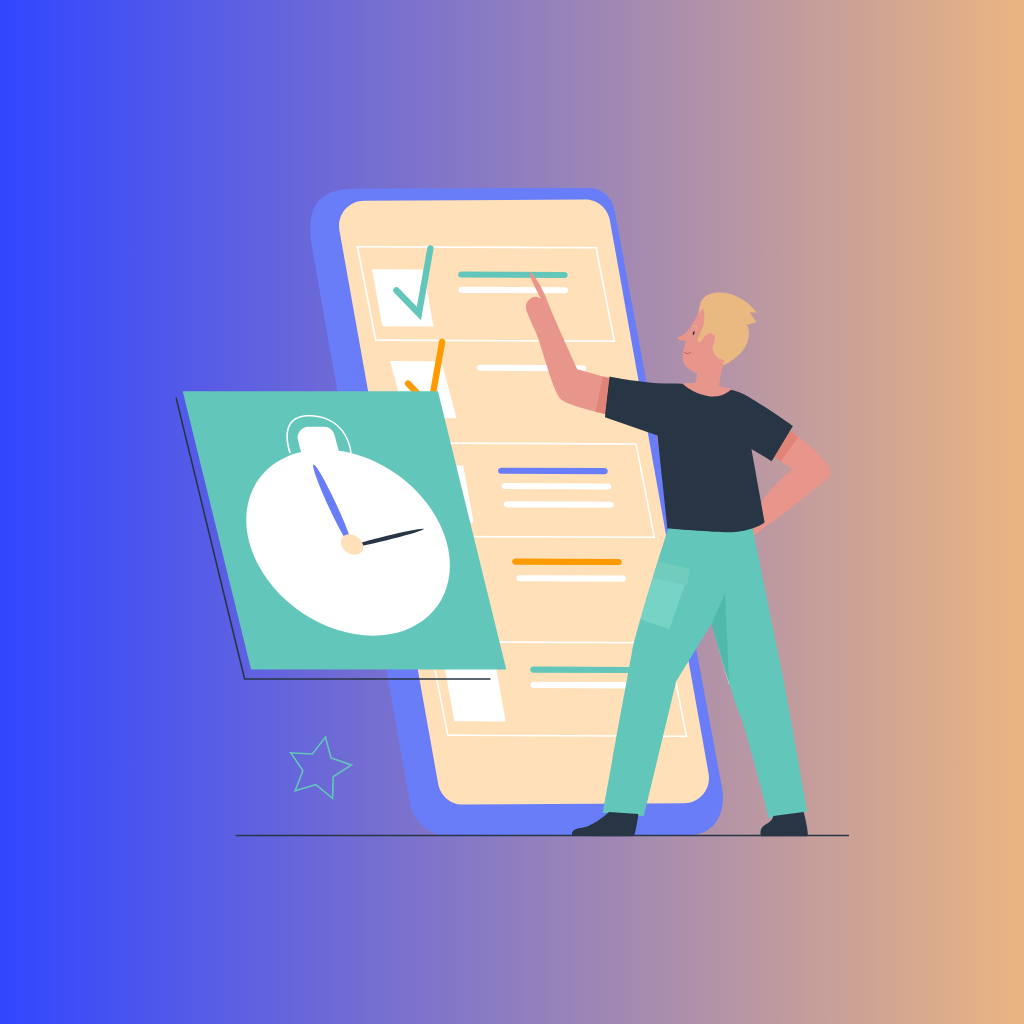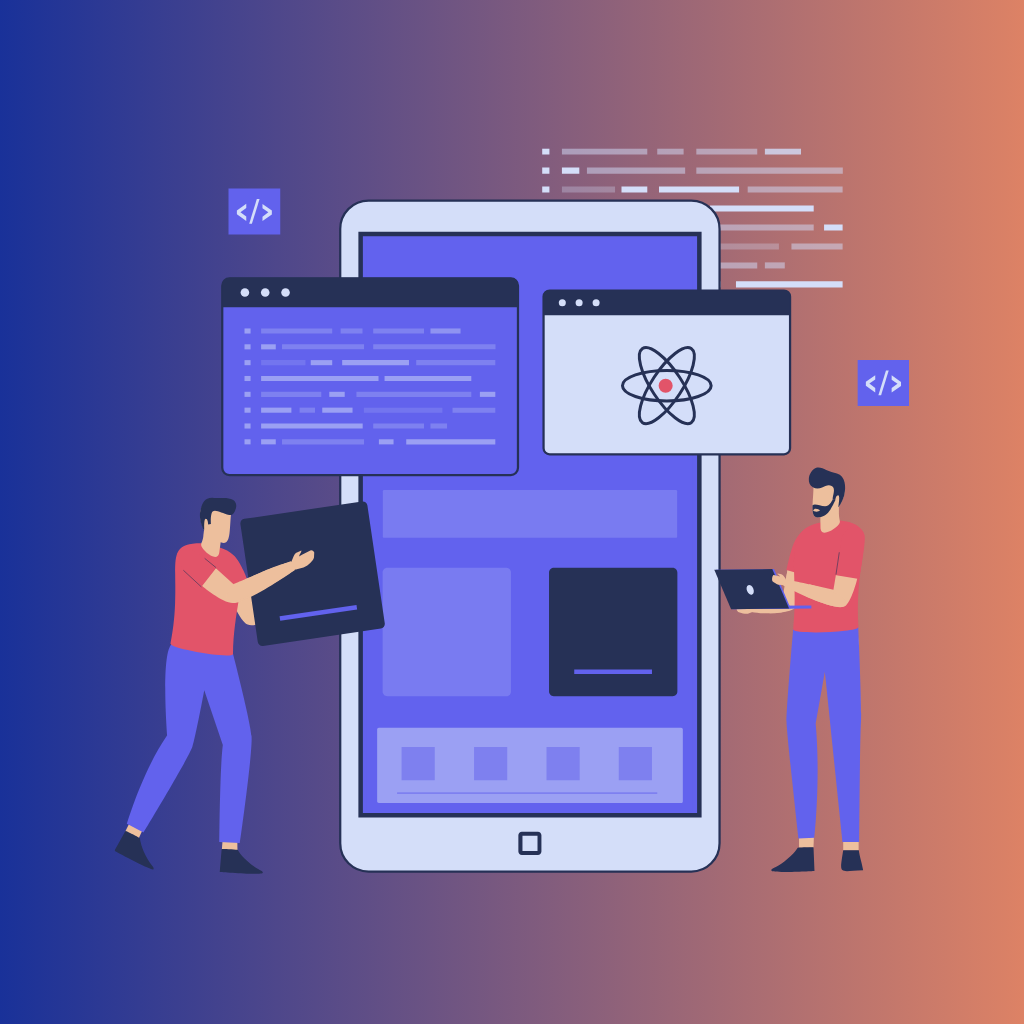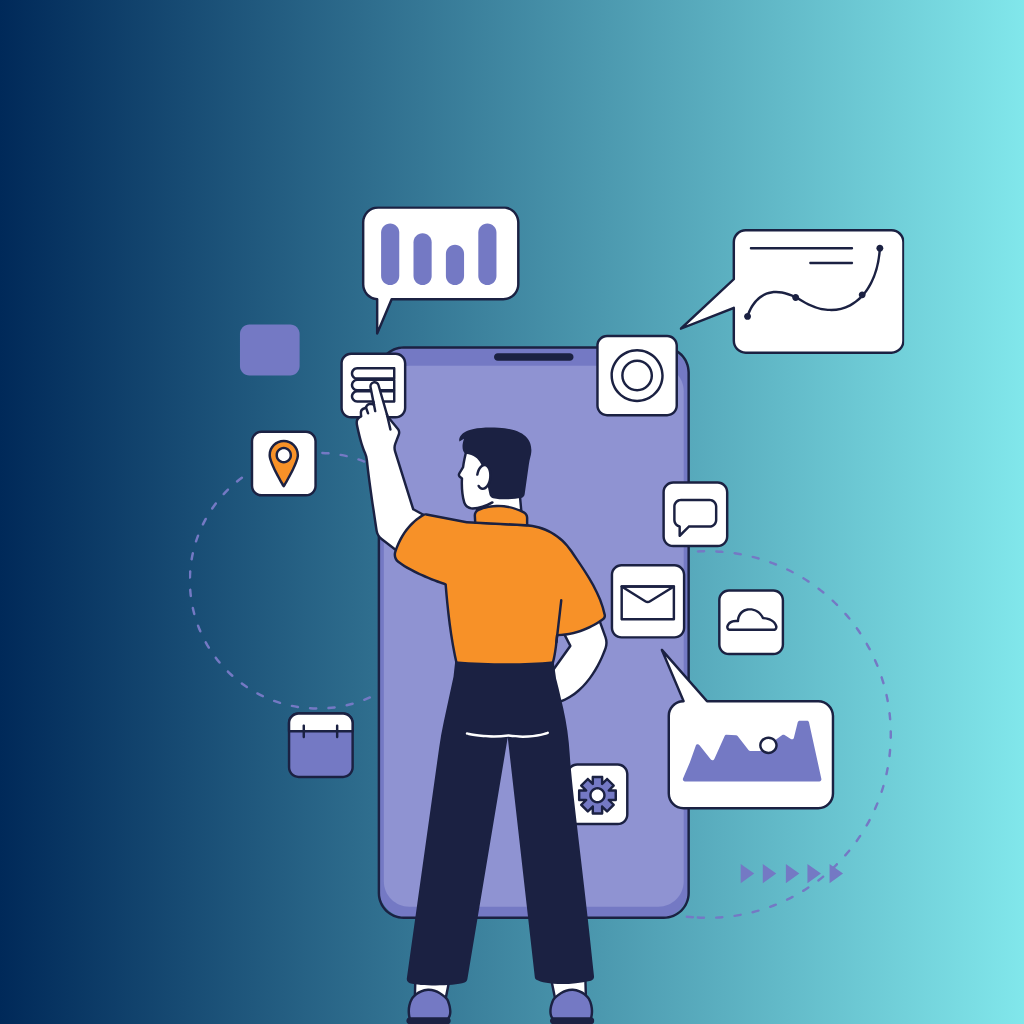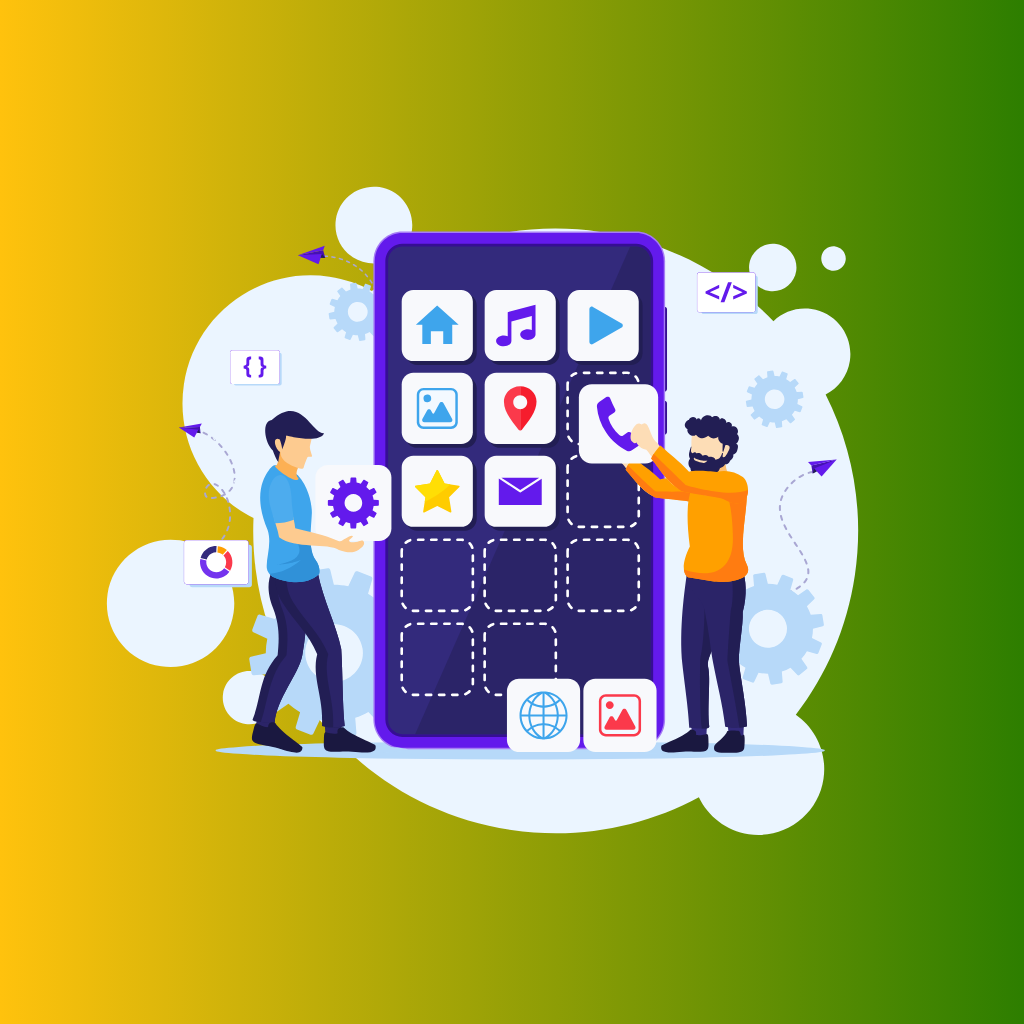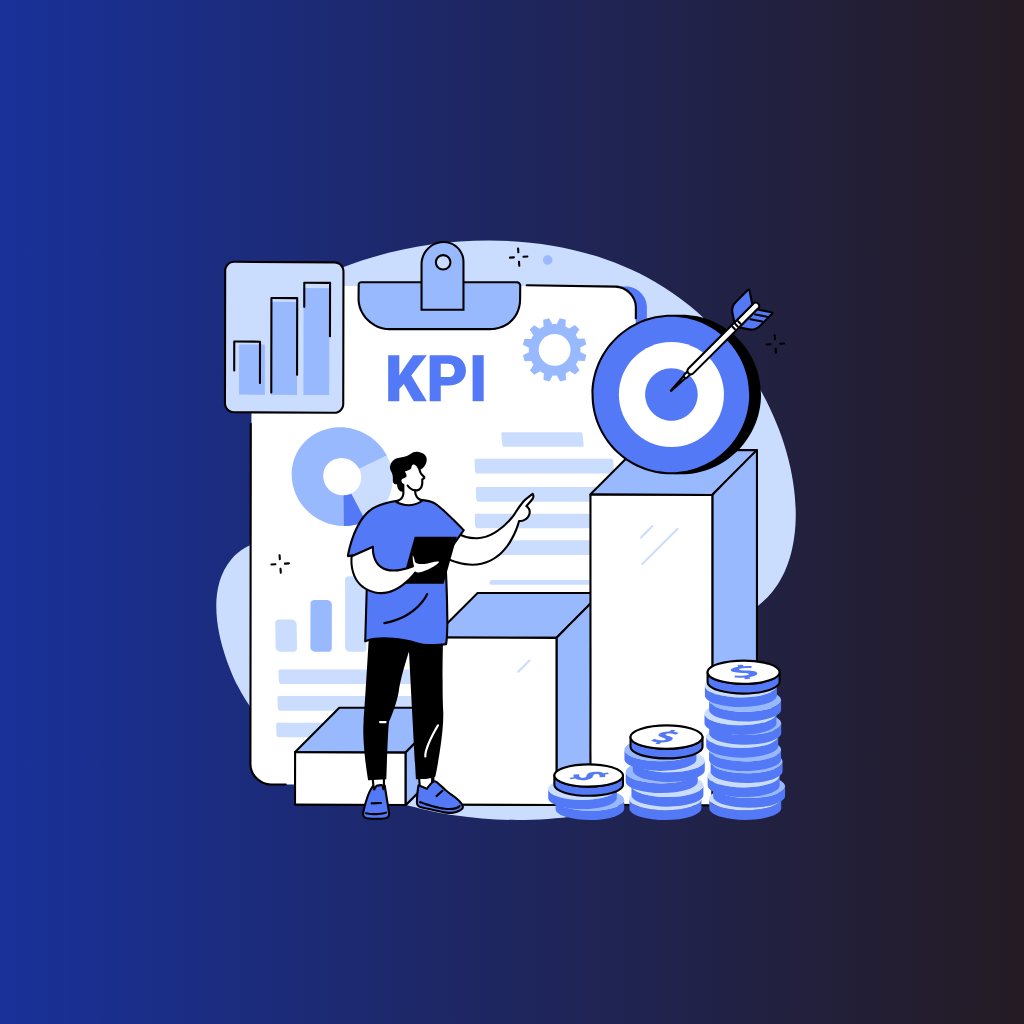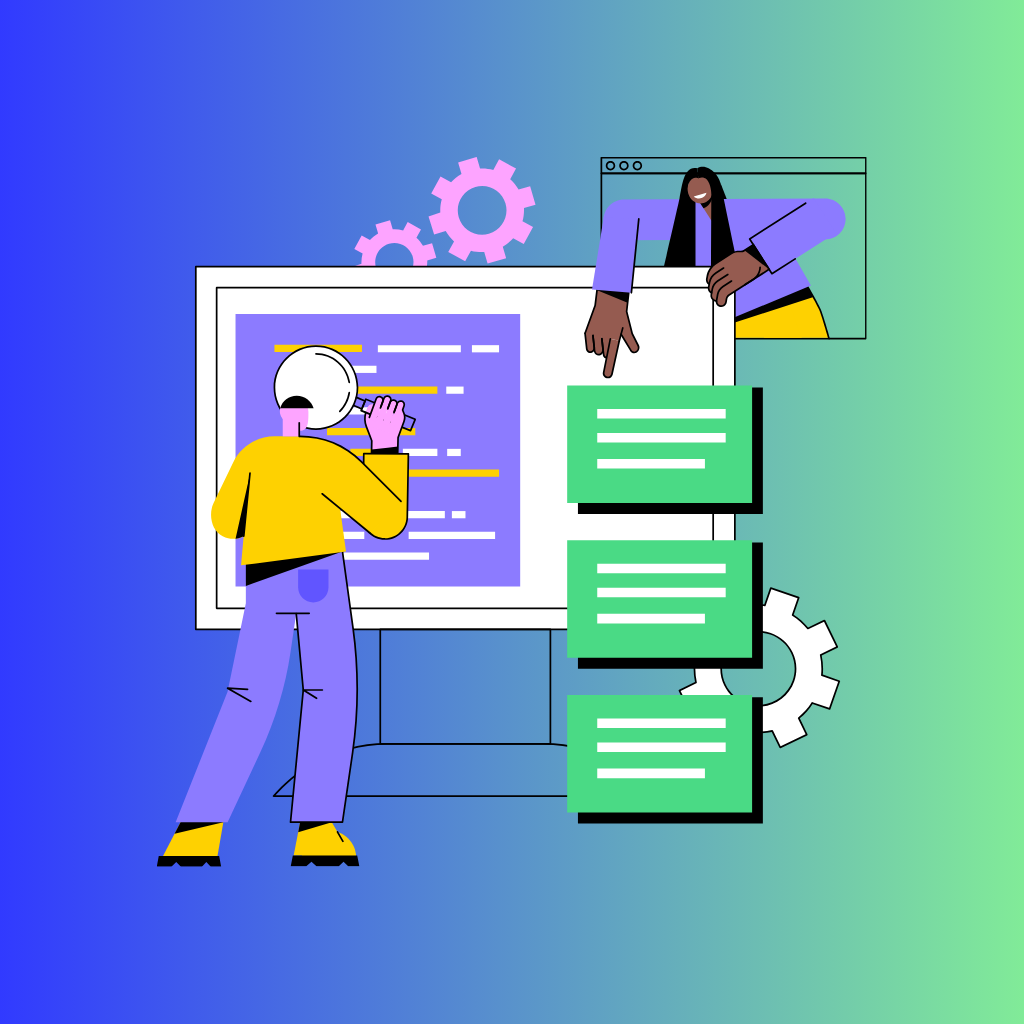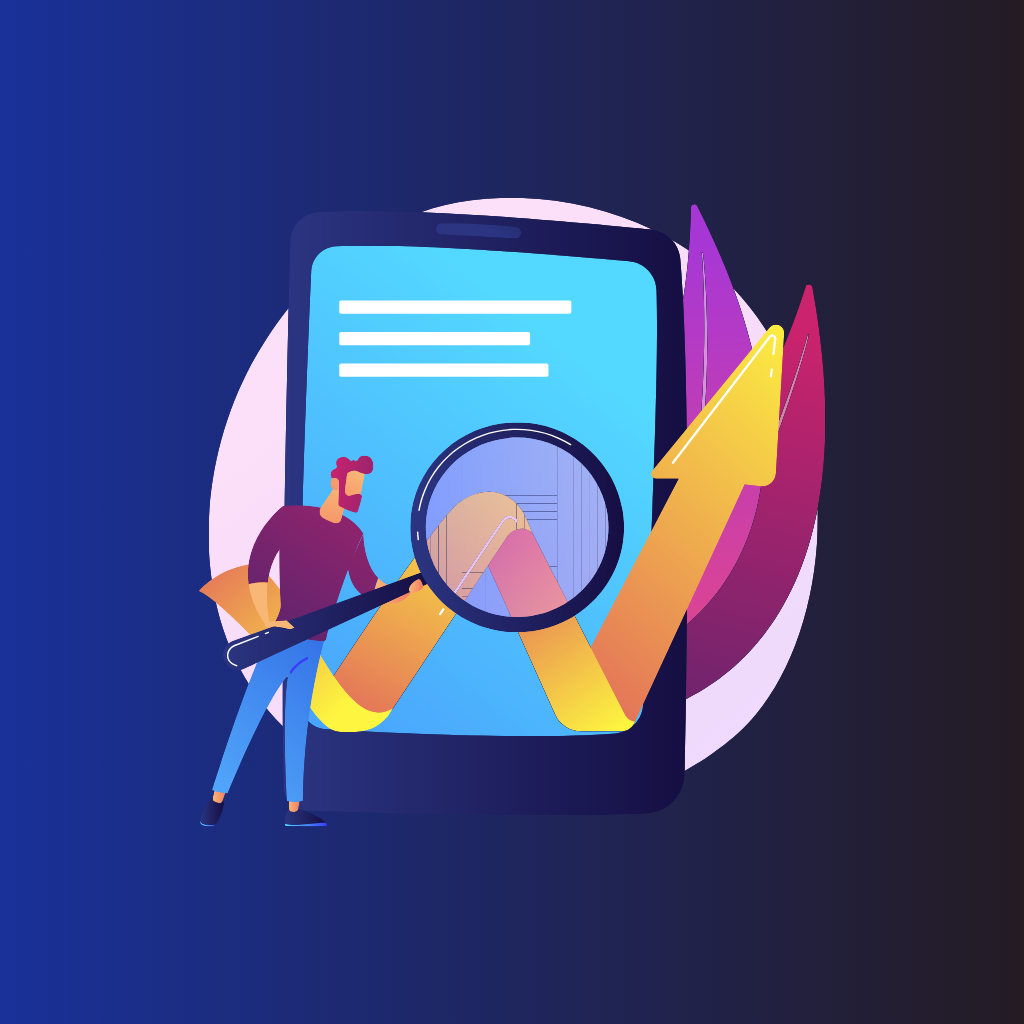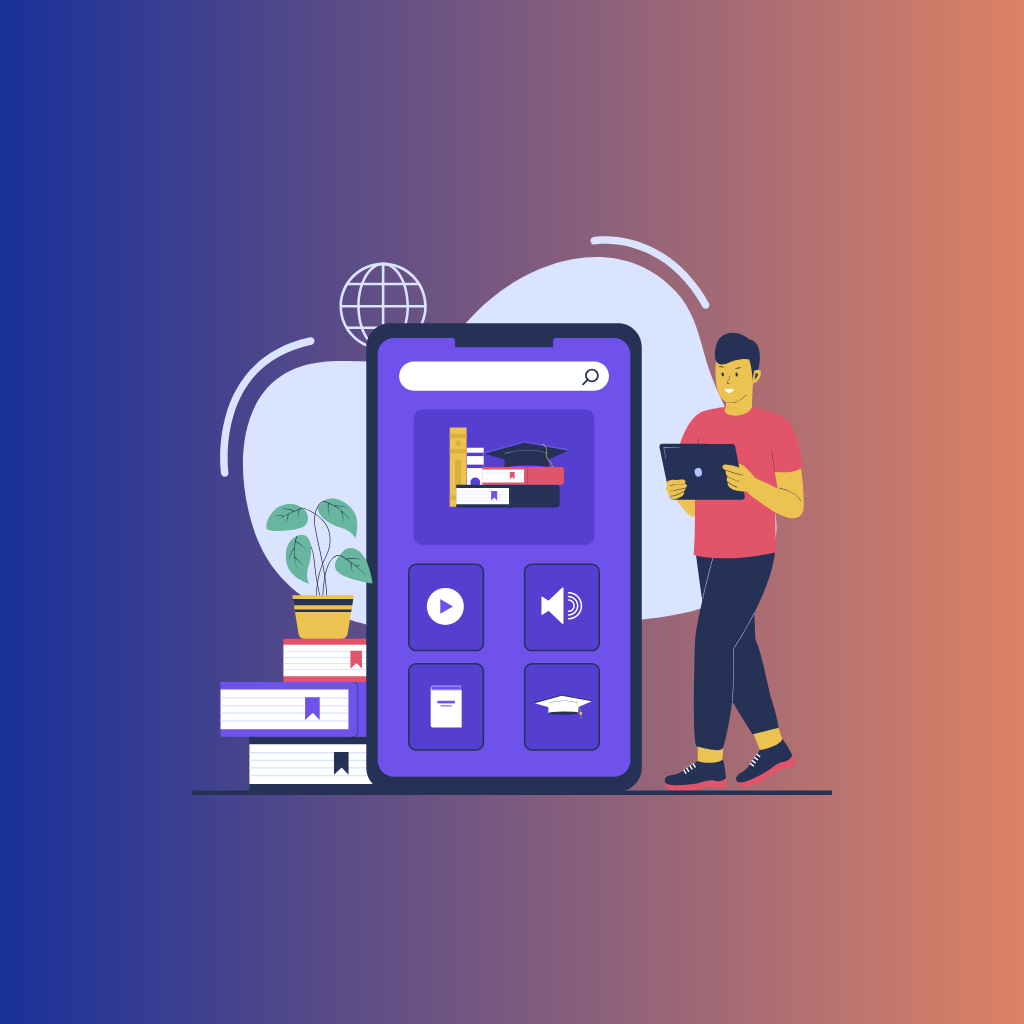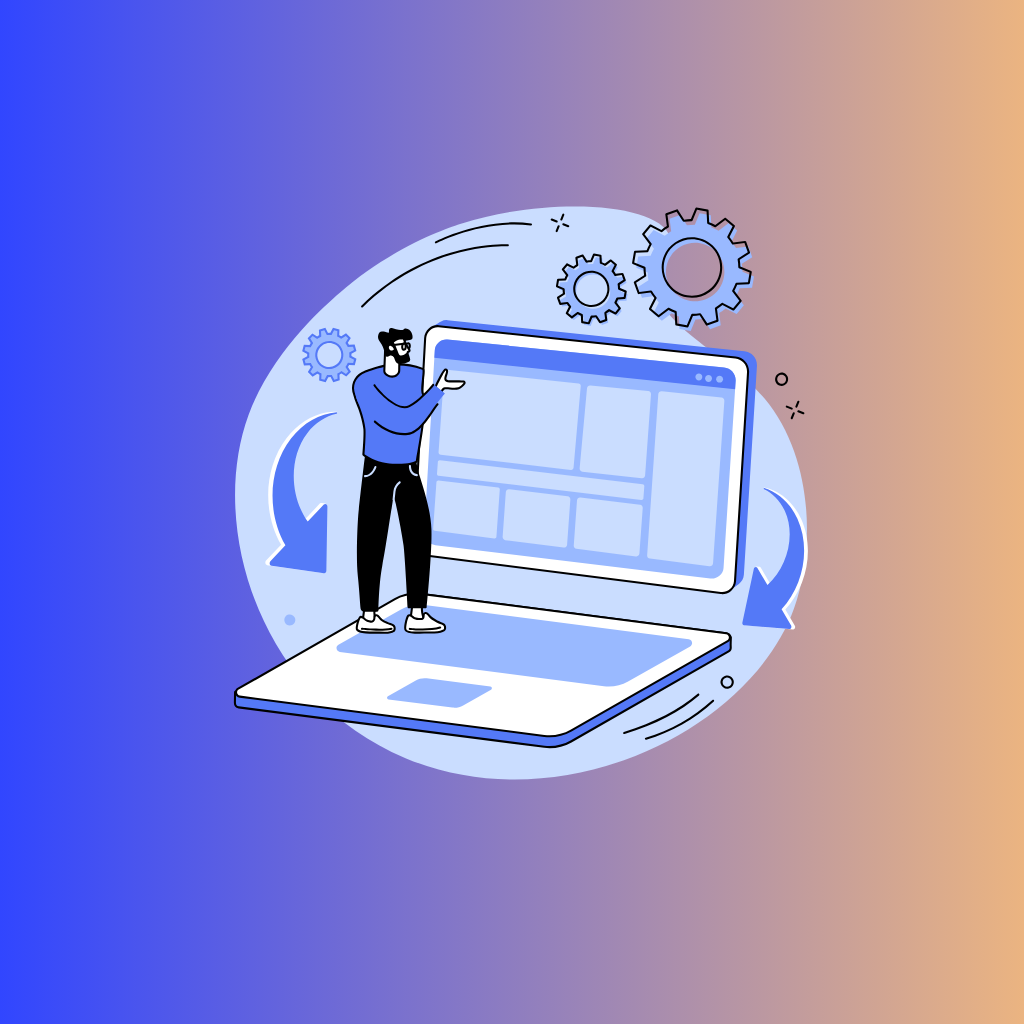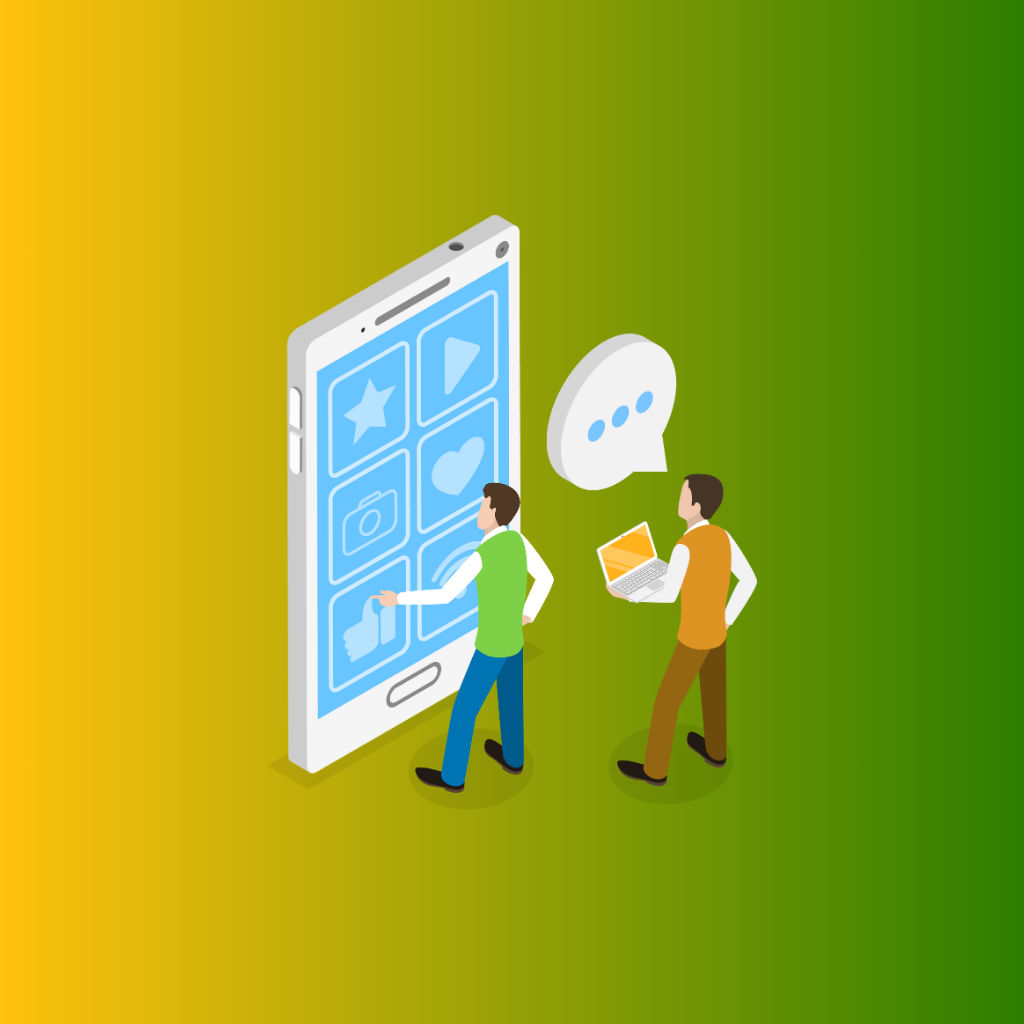In today's fast-paced digital landscape, the creation of a successful app is not just a matter of technical skill—it's an art form that requires a strategic blend of business acumen, design prowess, and development expertise. As we delve into the world of app creation, it's crucial to understand that success in this arena goes beyond coding and visual design. It's about crafting a product that resonates with users, meets market demands, and stands out in a crowded marketplace.
The journey of app creation is akin to assembling a puzzle where every piece is vital. A successful app is the product of meticulous market research, a clear value proposition, a well-thought-out monetization strategy, and effective marketing efforts. On the design front, it's about creating an intuitive user experience and a visually appealing interface that users find easy and enjoyable to navigate. And when it comes to development, choosing the right technology, ensuring the app's scalability and security, and maintaining a focus on quality assurance are all critical steps that can't be overlooked.
This balanced approach, which intertwines business strategy, design excellence, and technical precision, is what sets successful apps apart from the rest. Whether you're an entrepreneur eager to launch your first app or a seasoned developer looking to refine your craft, understanding the interplay of these elements is key to your success. In the following sections, we'll explore each of these components in detail, offering insights and strategies to help you navigate the complex yet rewarding landscape of app creation. Join us as we uncover the essential ingredients for a successful app, empowering you to transform your innovative ideas into reality.
I. Business Side
Embarking on the journey of app development, it's crucial to start with a solid foundation in the business aspects. Understanding the market, defining your app's value, figuring out how to make money from it, and knowing how to reach your audience are the pillars that will support your app's success.
A) Market Research
Importance of Understanding Your Target Audience and Market Demand
Before you write a single line of code or sketch a design, you need to know who you're building your app for and what gap it's filling in the market. This understanding is pivotal because it informs every decision you'll make down the line, from features to marketing strategies.
Tools and Strategies for Effective Market Research
Utilizing tools like surveys, focus groups, and market analysis platforms can provide invaluable insights into your potential users' preferences, behaviors, and pain points. Analyzing competitors and similar apps can also offer a wealth of information on what works and what doesn't in your intended market.
B) Value Proposition
Defining the Unique Value Your App Offers
Your app needs a clear value proposition: a reason for users to choose it over the myriad of options available. This value proposition should highlight what makes your app unique and how it solves a problem or fulfills a need better than anything else out there.
Aligning Your App's Value with Customer Needs
The key to a compelling value proposition is alignment with your users' needs and desires. This alignment ensures that your app is not just a technological feat but a solution that people will embrace and rely on.
C) Monetization Strategy
Different Monetization Models for Apps
There's a variety of ways to make money from your app, including in-app purchases, subscriptions, ads, or a one-time purchase price. Each model has its advantages and considerations, depending on your app's nature and the behavior of your target audience.
Choosing the Right Model Based on Your App's Nature and Audience
Selecting the right monetization model is a strategic decision that should align with your app's purpose and user experience. For instance, a utility app might benefit from a subscription model, while a game could be more suited to in-app purchases.
D) Marketing and User Acquisition
Strategies for Promoting Your App and Acquiring Users
Creating a great app is just the beginning; you also need to get it into the hands of users. Effective marketing strategies can include social media promotion, influencer partnerships, and app store optimization (ASO) to increase visibility and attract downloads.
Importance of Branding and User Engagement
Your app's branding should communicate its value proposition clearly and appeal to your target audience. Once users have downloaded your app, engagement strategies like push notifications, regular updates, and responsive customer service can keep them coming back.
By laying a strong business foundation, you're not just building an app—you're creating a potential success story in the app marketplace. This section underscores the importance of not diving into app development without a well-considered plan that covers these essential business aspects.
2. Design
The design of your app is not just about how it looks, but also how it works. It's about creating an experience that feels intuitive and enjoyable for your users. This part of the app development process is where creativity meets functionality, ensuring that users not only download your app but also continue to use it regularly.
A) User-Centric Design
Principles of Designing with the User in Mind
User-centric design focuses on understanding the needs, challenges, and preferences of your app's users. It involves putting yourself in the shoes of the user at every stage of the design process. This approach ensures that the app solves real problems and offers a seamless experience that aligns with users' expectations.
Tools and Methods for Gathering User Feedback
Collecting user feedback is pivotal in the user-centric design process. Techniques like user interviews, surveys, and usability testing can provide direct insights into what users want and need from your app. Tools like heatmaps or analytics can offer data-driven insights into how users interact with your app, helping you make informed design decisions.
B) UI/UX Design
Importance of Intuitive User Interface and User Experience
The user interface (UI) is what users interact with directly, and it needs to be intuitive and accessible. The user experience (UX), on the other hand, is about the overall feel of the app—how satisfying and enjoyable it is to use. Both elements need to work harmoniously to create a product that users find valuable and engaging.
Key Elements of Effective App Design
Effective app design includes clear navigation, a consistent aesthetic, and interactions that feel fluid and natural. It's also about minimizing user effort to achieve their goals, which enhances the overall user experience. Attention to details like color schemes, typography, and element spacing can significantly impact the usability and appeal of your app.
C) Iterative Design Process
The Role of Prototyping and Testing in Design
Prototyping is a crucial step in the design process, allowing you and your team to explore ideas and test them in a tangible form. It provides a way to evaluate and refine the app's design before full-scale development begins. Testing these prototypes with actual users can uncover issues and opportunities for improvement that might not be evident at first glance.
Utilizing Feedback to Refine the App Design
The design process should be iterative, meaning it cycles through designing, prototyping, testing, and gathering feedback, then using that feedback to improve the design. This cycle should continue until the design meets both the business objectives and the users' needs, ensuring the final product is as effective and user-friendly as possible.
In conclusion, the design phase is not just about making your app look attractive—it's about creating a cohesive, user-friendly experience that resonates with your target audience. By adopting a user-centric approach, focusing on key UI/UX principles, and embracing an iterative design process, you can craft an app that not only looks great but also provides real value and enjoyment to its users.
3. Development
Once the groundwork of business strategy and design is laid, the next pivotal phase is development. This stage is where your app concept is transformed into a functional product. Development is not just about writing code; it involves making strategic decisions on technology, ensuring quality, and planning for the future of your app.
A) Choosing the Right Technology
Factors to Consider When Selecting Development Tools and Frameworks
The choice of technology stack for your app—comprising programming languages, frameworks, and tools—is crucial. It should align with your app's objectives, scalability needs, and the expertise of your development team. Consider factors like platform compatibility (iOS, Android, or both), performance requirements, and the potential for future expansion.
Native vs. Cross-Platform Development
Deciding between native development (specific to one platform) and cross-platform development (compatible with multiple platforms) is pivotal. Native apps tend to offer better performance and user experience but require more resources to develop and maintain. Cross-platform solutions can be more cost-effective and quicker to launch but might come with some trade-offs in terms of performance and customization.
B) Quality Assurance
Importance of Thorough Testing in the Development Process
Quality assurance (QA) is a critical component of app development, ensuring that the app is stable, functional, and user-friendly. It involves various forms of testing, including functional testing, performance testing, and security testing, to identify and rectify any issues before the app reaches the users.
Types of Testing: Unit, Integration, User Acceptance
- Unit testing focuses on individual components of the app to ensure they function correctly in isolation.
- Integration testing checks how different parts of the app work together.
- User acceptance testing (UAT) involves testing the app in real-world scenarios to ensure it meets user expectations and requirements.
C) Scalability and Maintenance
Planning for Future Growth and Updates
An app should be designed with scalability in mind, allowing it to grow and evolve without significant overhauls. This foresight includes considering how new features will be added, how user growth will be accommodated, and how updates will be implemented.
Ensuring Easy Maintenance and Scalability of the App
Maintainability is key to the long-term success of an app. It involves writing clean, well-documented code and adhering to best practices in software development to ensure that the app can be easily updated and maintained over time.
D) Security Considerations
Ensuring Data Privacy and Security
In an era where data breaches are increasingly common, ensuring the security of your app is paramount. This includes safeguarding user data through encryption, secure data storage, and secure communication protocols.
Best Practices for App Security
Following industry-standard security practices is essential to protect your app and its users. This includes regular security audits, adhering to data protection regulations, and implementing features like two-factor authentication if necessary.
The development phase is the technical bedrock of your app, where strategic planning, technical expertise, and attention to detail come together to create a product that is not only functional but also robust, scalable, and secure. By making informed decisions on technology, emphasizing quality assurance, and prioritizing security and scalability, you can ensure that your app is well-equipped to meet the demands of users and succeed in the competitive app marketplace.
Conclusion
In wrapping up our exploration into the multifaceted world of app creation, it's clear that the journey from concept to launch is intricate and demands a holistic approach. Success in the app market is not solely the result of standout design or cutting-edge technology; it's the outcome of a harmonious blend of business strategy, design ingenuity, and technical excellence.
The business aspect lays the foundation, ensuring that your app meets a genuine need in the market and has a clear path to monetization and growth. It's about understanding who your users are, what they need, and how your app can deliver unique value to them. This strategic groundwork is pivotal in guiding the subsequent phases of app development.
Design, the bridge between the app's business strategy and its technical implementation, plays a crucial role in how users perceive and interact with your app. It's not just about aesthetics; it's about creating an intuitive and engaging experience that resonates with users, encouraging not just initial adoption but also sustained engagement.
On the development front, the choices you make—from the technology stack to the development methodologies—determine the app's functionality, scalability, and maintainability. This stage is where your app comes to life, embodying the vision and objectives laid out in the earlier phases.
As we conclude, remember that the integration of these three areas—business, design, and development—is what propels an app from being just an idea to a successful market player. Whether you're an entrepreneur, a designer, or a developer, recognizing the interdependence of these disciplines is key to your app's success.
We encourage you to embrace this holistic approach in your app development journey. Leverage the insights and strategies shared in this discussion to create apps that not only achieve business success but also deliver meaningful and delightful experiences to users. Here's to the success of your next app venture!
